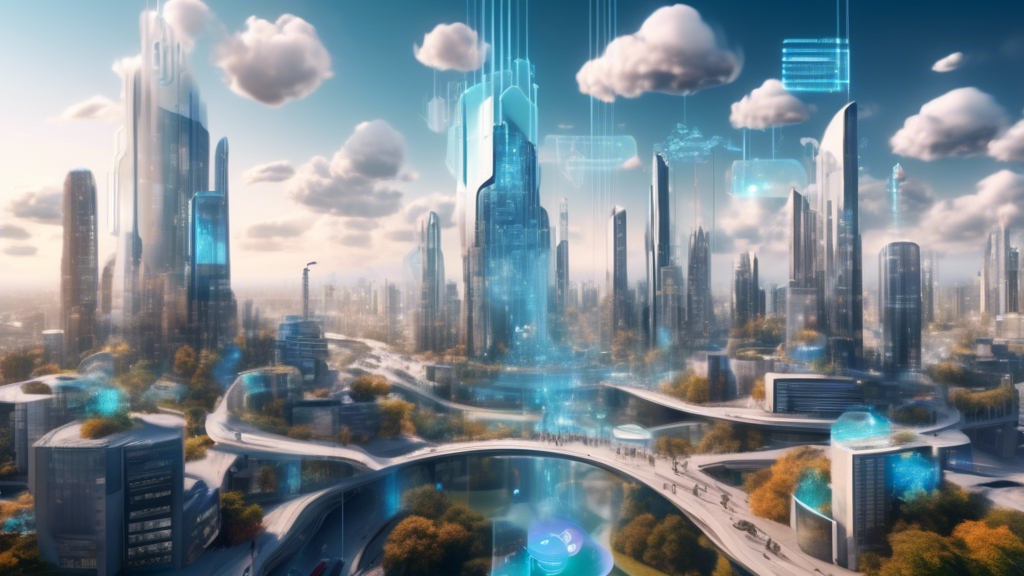Exploring Google Cloud Generative AI: Innovations and Applications
Introduction to Google Cloud Generative AI
Google Cloud Generative AI represents the cutting edge of artificial intelligence. It’s a suite of capabilities and services that enable developers to create applications that can generate new content, insights, or code based on the patterns and knowledge hidden in vast datasets. This technology is built on the principles of machine learning and neural networks, allowing computers to learn from examples without being explicitly programmed for specific tasks. Google’s robust cloud infrastructure offers scalable, efficient, and highly flexible environments for deploying these advanced AI models.
Innovations in Google Cloud Generative AI
The landscape of Generative AI is rapidly evolving, with Google leading several key innovations. Among these are improvements in natural language processing (NLP), image generation, and even the development of AI-driven coding assistants. Google’s advancements have significantly enhanced the capability of AI systems to understand, interpret, and generate human-like text. Models such as BERT and GPT-3 are examples where Google has pushed the envelope, enabling more nuanced and contextually aware AI responses.
Natural Language Processing
Google Cloud’s NLP technologies have revolutionized how AI understands human language. This has vast applications, from enhancing search engines to enabling more sophisticated chatbots. These NLP models can understand the nuances of language, including sentiment analysis, entity recognition, and syntactic parsing, making interactions with AI more natural and insightful.
Image Generation
Another exciting aspect of Google Cloud Generative AI is in the realm of image generation. Using models like DALL-E, AI can now create highly detailed and contextually relevant images from textual descriptions. This opens up new possibilities for creative industries, allowing for rapid prototyping and the exploration of visual ideas that would be impractical or impossible to realize through traditional means.
AI-Driven Coding Assistants
The development of AI-driven coding assistants, such as GitHub Copilot, which is powered by OpenAI but reflects the larger trend that Google also contributes to, signifies a revolution in how software is developed. These tools can understand programming languages, suggest code improvements, and even write code snippets, vastly increasing developer productivity and code quality.
Applications of Google Cloud Generative AI
The applications of Google Cloud Generative AI are diverse and transformative across multiple sectors. In healthcare, AI models can help in diagnosing diseases from images or predict patient outcomes based on historical data. In the financial sector, these models can analyze market trends to predict stock movements or detect fraudulent activity. The creative industries are also beneficiaries; from automatically generating written content to creating art or music, the possibilities are endless.
Educational Tools
Generative AI is revolutionizing education by providing personalized learning experiences. AI can generate customized learning materials based on a student’s learning style and progress, making education more accessible and effective.
Environment and Sustainability
In the fight against climate change, Google Cloud Generative AI offers predictive models that can forecast environmental changes with high accuracy. These models can simulate various scenarios to help in planning and decision-making for sustainability efforts.
Conclusion
Exploring Google Cloud Generative AI unveils a realm of possibilities that were considered science fiction not too long ago. Its innovations and applications span across industries, making processes more efficient, creating new opportunities, and solving complex problems. As this technology continues to evolve, it will undoubtedly play a pivotal role in shaping the future of our digital and physical worlds.
editor's pick
news via inbox
Nulla turp dis cursus. Integer liberos euismod pretium faucibua

